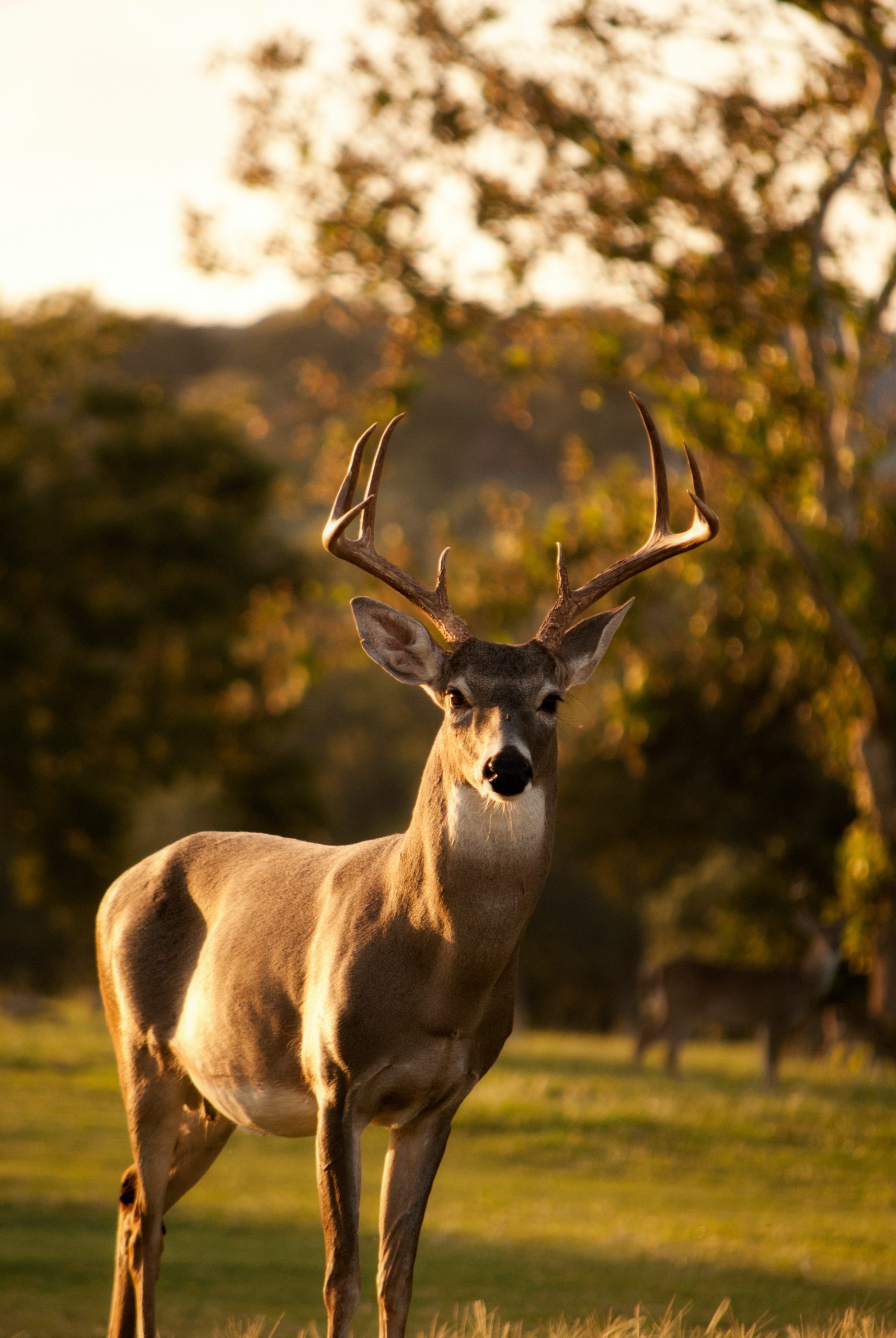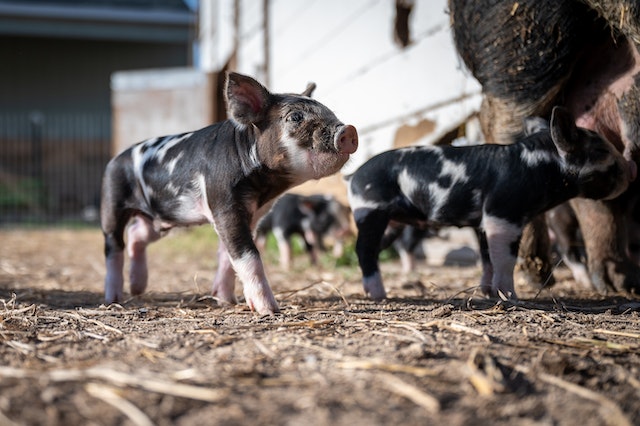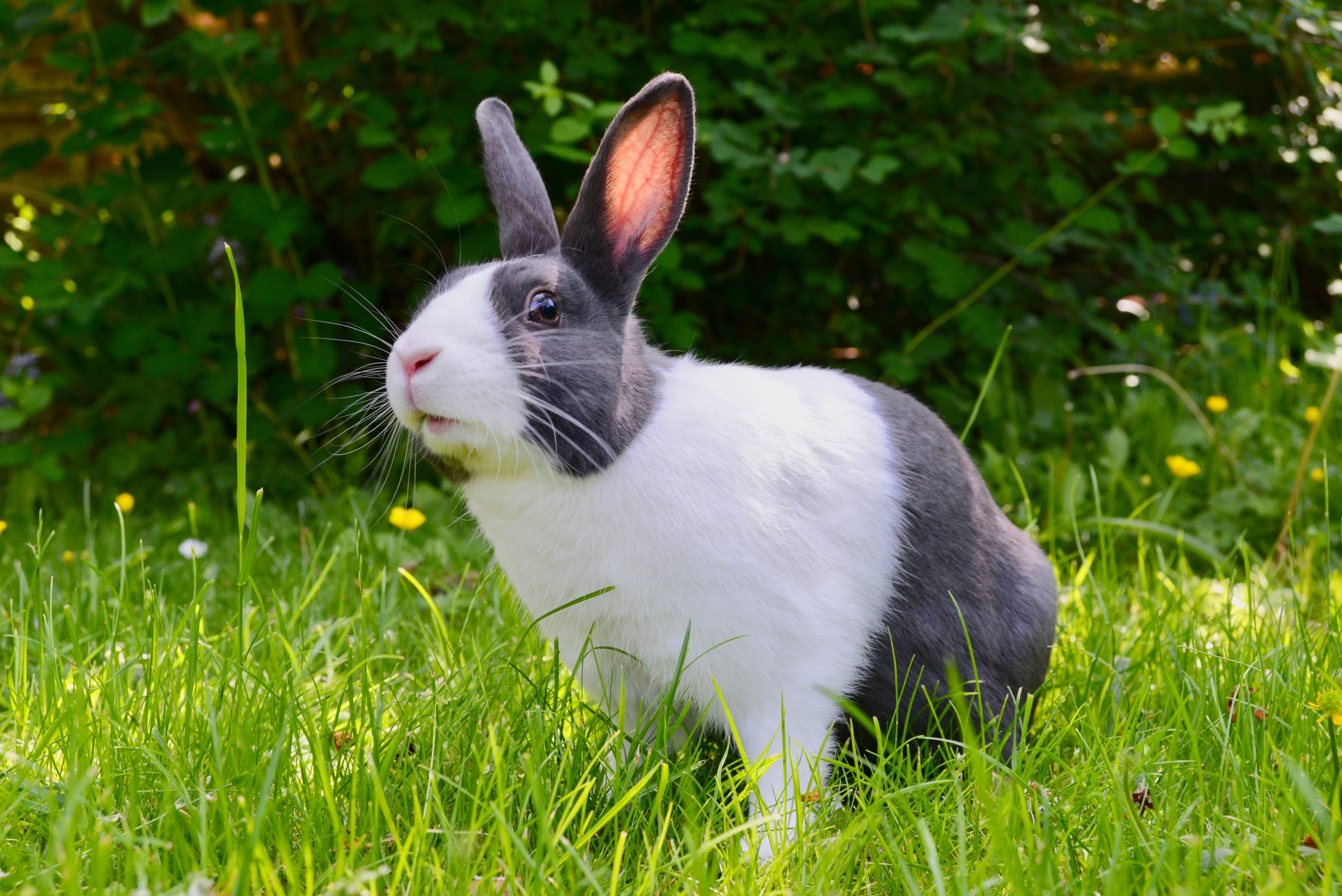I embark on a journey to unravel the mystery and wonder of deer, the graceful giants of the wild. These majestic animals have captured the hearts and imaginations of humans for centuries with their elegance, beauty, and elusive nature. In this article, we will delve into the world of deer, their behavior, habitat, and ecological significance, shedding light on the intriguing lives of these iconic creatures.
Deer, belonging to the family Cervidae, are found in various regions across the globe, from dense forests to open plains. They are known for their distinct antlers, which are unique to males, and their graceful gait as they move through their natural habitats. Deer are herbivorous animals, primarily feeding on plants, leaves, and fruits, and are important components of ecosystems as both prey and browsers, helping to maintain the balance of plant populations.
One of the most captivating aspects of deer is their behavior, including their social structure and mating rituals. Deer are typically social animals, forming small groups or herds, with females and their young often staying together in close-knit family units. Males, known as bucks, usually have solitary or loosely associated lives outside of the mating season, which is often marked by fierce competitions for mates.
During the mating season, or rut, bucks engage in spectacular displays of dominance, including antler clashes and vocalizations, as they vie for the attention of females, known as does. The sight and sounds of deer during the rut are truly awe-inspiring, as these majestic creatures engage in elaborate courtship rituals and demonstrate their strength and stamina.
The habitat of deer varies greatly depending on the species and location, with some species thriving in forests, while others prefer grasslands, tundra, or deserts. Deer are highly adaptable animals and can navigate various landscapes with their keen senses, including acute hearing, excellent vision, and a keen sense of smell. However, like many other wildlife species, deer face numerous challenges in the modern world, including habitat loss, fragmentation, and human activities that disrupt their natural behaviors.
Deer are also often the subject of hunting, both for subsistence and sport. The controversy surrounding deer hunting is a complex and contentious issue, with differing opinions on the ethics and sustainability of such activities. Proponents argue that regulated hunting can be a valuable tool for managing deer populations and maintaining healthy ecosystems, while opponents highlight concerns about animal welfare and the impact of hunting on deer populations.
Research plays a crucial role in understanding deer behavior, ecology, and conservation. Scientists use various techniques to study deer, including tracking, radio-collaring, and genetic analysis, to gather data on their movements, behavior, population dynamics, and health. Such research provides valuable insights into the lives of deer and helps inform conservation efforts to protect their habitats and populations for future generations.
In conclusion, deer are truly graceful giants of the wild, captivating us with their beauty, behavior, and ecological significance. They play a vital role in ecosystems as both prey and browsers, and their behavior during the rut and their ability to adapt to diverse habitats make them a subject of fascination for scientists, nature enthusiasts, and wildlife lovers alike. However, they also face challenges from human activities and hunting, which require careful consideration and management to ensure their survival. Through continued research, conservation efforts, and responsible management, we can appreciate and protect these majestic animals for generations to come.










